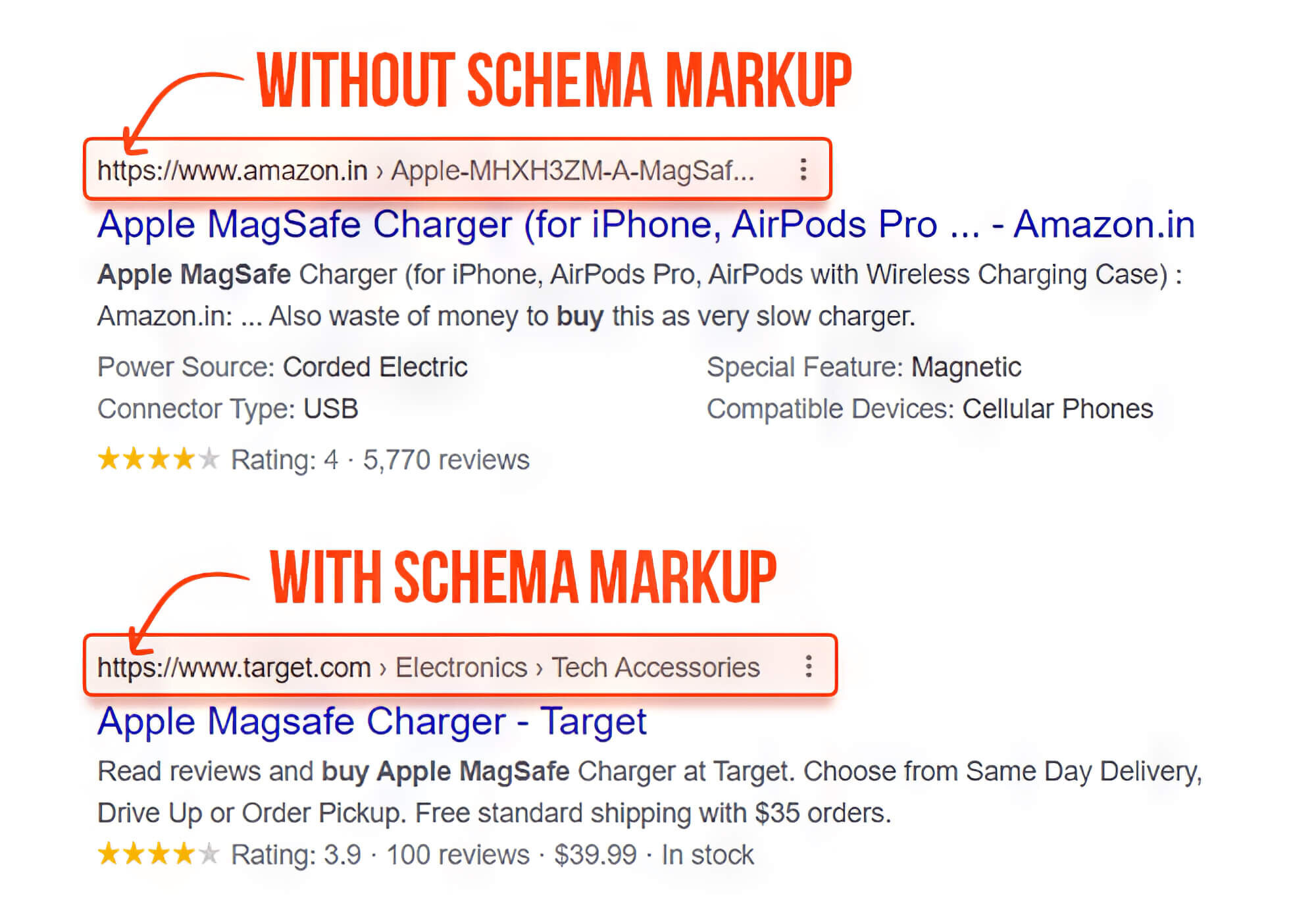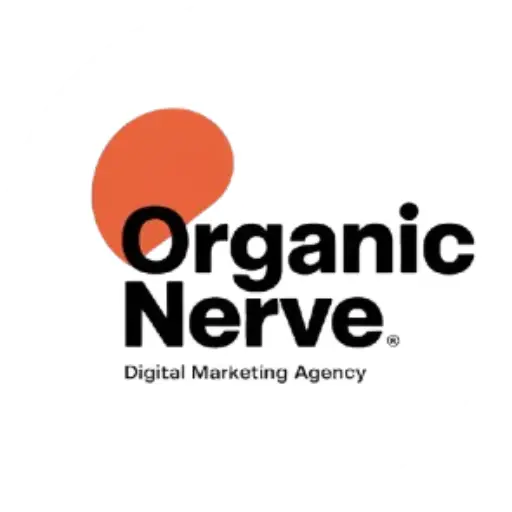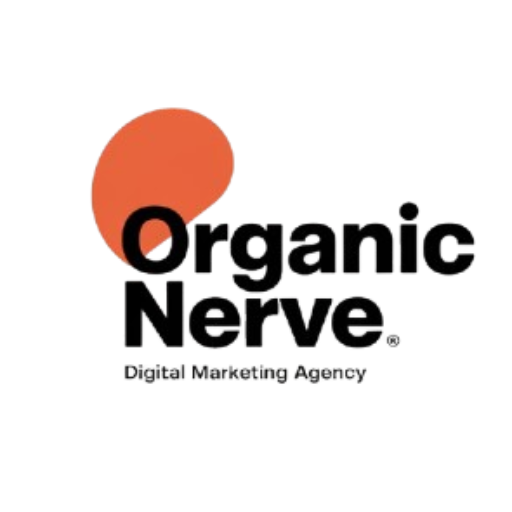As customers increasingly rely on location-based searches to find products and services nearby, optimizing for “near me” searches has become a key strategy in local SEO. In this blog, we’ll dive deeper into essential techniques, including advanced SEO strategies and insights on customer behavior, to help your business rank higher and attract more local customers.
To learn more about local SEO strategies and how they can drive growth, visit our Local SEO service.
1. How ‘Near Me’ Searches Impact Consumer Behavior
Understanding how “near me” searches affect purchasing decisions can shape your strategy.
- High Intent: Users searching for “near me” queries are usually ready to make a purchase or visit a store.
- Mobile-First Behavior: More than 76% of these searches happen on smartphones.
- Time-Sensitive Needs: Customers often expect instant results, such as restaurant bookings, plumbers, or service providers available right away.
Investing in instant solutions, such as live chat or click-to-call buttons, can help convert these high-intent visitors into paying customers.
2. Ensure Consistent NAP Information Across the Web
NAP (Name, Address, Phone Number) consistency is a critical element in local SEO rankings. Any discrepancy in your business information can harm your visibility.

- Update all listings regularly to ensure your NAP is correct across directories, social media, and Google Business Profile.
- Use structured data markup (Schema) to provide search engines with accurate location details.
- Automate updates with tools like Moz Local or BrightLocal to keep all citations accurate.
This builds trust with search engines, ensuring your business ranks higher in local results and Google Maps.
3. Use Voice Search Optimization
Voice search is becoming a common way to perform “near me” searches. Optimizing for voice search will ensure your business shows up when users ask, “Where is the best pizza near me?” or “Find an HVAC service close by.”

- Incorporate conversational keywords and long-tail phrases that mimic natural speech.
- Optimize your FAQ sections with question-and-answer formats to align with voice search queries.
- Ensure your website is mobile-optimized, as most voice searches come from mobile devices.
4. Implement Local Schema Markup
Schema markup is a type of code that provides search engines with detailed information about your business. Implementing local schema enhances your chances of showing up in rich search results.

- Add Local Business Schema to your website to help Google display relevant business details.
- Use Geo-coordinates and service area schemas to refine your targeting for specific neighborhoods.
With properly implemented Schema markup, your business is more likely to appear in Google’s Local Pack and rank higher for “near me” searches.
5. Leverage Customer Feedback as a Ranking Factor
Google prioritizes businesses with high-quality customer reviews. Reviews not only influence rankings but also establish trust with potential customers.

- Encourage satisfied customers to leave reviews by offering small incentives like discounts.
- Highlight positive reviews on your website and social media.
- Address negative feedback quickly—this not only boosts your reputation but also improves engagement.
More positive reviews, combined with relevant responses, will help your business stand out in local searches.
6. Focus on Proximity and Relevance Factors
Google uses proximity, relevance, and prominence to determine the best results for “near me” queries. You can control the relevance and prominence factors by:
- Targeting relevant keywords in your content and metadata.
- Listing in multiple local directories relevant to your industry.
- Building authority through backlinks from other reputable businesses and community websites.
If you want to go deeper into optimizing your local presence, read our detailed Local SEO service.
7. Optimize for Google’s Local Pack and Maps
Google’s Local Pack is the set of three top businesses displayed for local searches. Appearing here can drastically improve your local visibility.
- Use Google Posts to share promotions, events, or updates.
- Regularly update your business hours to reflect changes (especially during holidays).
- Upload high-quality photos to your Google Business Profile—visual content increases engagement.
Additionally, make sure your Google Maps listing is accurate and complete. Many “near me” searches lead directly to maps, making it essential for customers to find you quickly.
8. Utilize Hyperlocal SEO Tactics
Hyperlocal SEO refers to optimizing your content for small neighborhoods or districts.
- Create location-specific pages for the areas you serve.
- Mention landmarks or popular places near your business location in your content.
- Include hyperlocal keywords such as “near Central Park” or “in Downtown Miami.”
By drilling down into specific areas, you increase your chances of ranking higher for hyperlocal searches.
9. Offer Promotions and Discounts Locally
Local promotions or limited-time offers are powerful ways to drive traffic from “near me” searches.
- Advertise your offers using Google Business Profile posts and social media channels.
- Run location-based Google Ads campaigns targeting users within a specific radius.
- Use geo-fencing technologies to send personalized offers to nearby customers in real-time.
These strategies not only improve your local presence but also encourage immediate engagement from potential customers.
10. Monitor Competitors and Adjust Your Strategy
Keep an eye on local competitors and monitor what works well for them. Tools like SEMrush and Moz can provide insights into their keyword strategies, backlinks, and reviews.
- Identify the keywords your competitors are ranking for and incorporate them into your strategy.
- Monitor competitors’ reviews to find areas where you can outperform them (e.g., better customer service or faster delivery).
- Adjust your content strategy regularly based on trends and customer feedback to stay ahead.
These strategies not only improve your local presence but also encourage immediate engagement from potential customers.
Conclusion
Optimizing for “near me” searches is an essential part of local SEO. Businesses that rank well for these queries are more likely to capture high-intent customers searching for immediate solutions. Start by focusing on your Google Business Profile, ensure NAP consistency, and implement Schema markup to boost your local relevance. Don’t forget to engage with customer reviews, monitor competitors, and explore voice search optimization to stay ahead of the curve.








